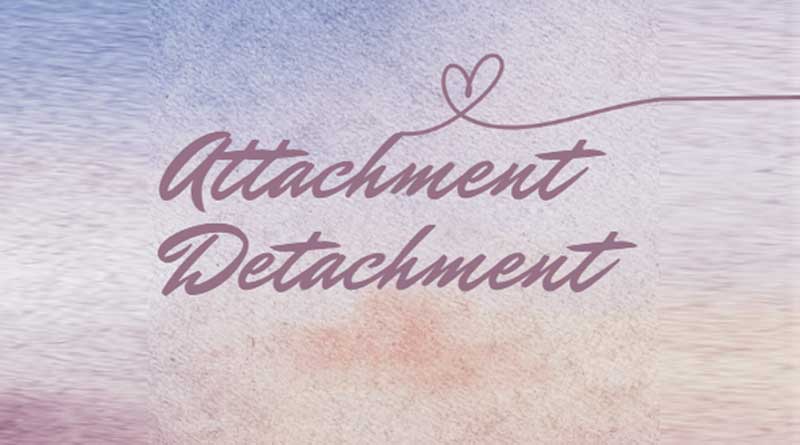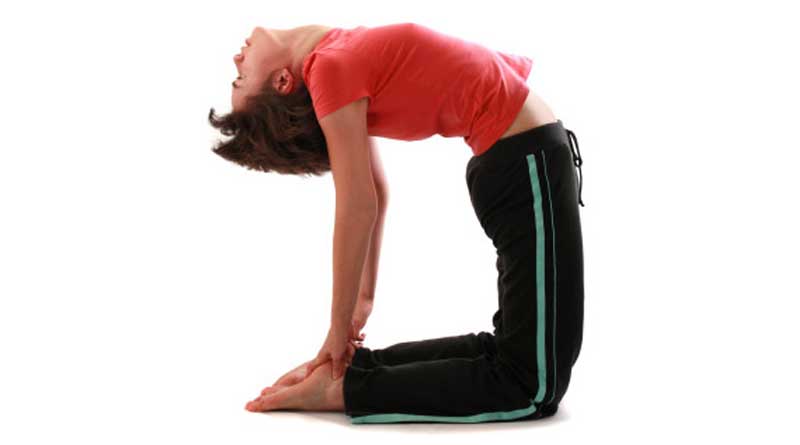Introduction to the concept of Attachment and Detachment
In the world of yoga, attachment and detachment hold profound significance, not just in the physical realm but also in the realm of emotions, thoughts, and spirituality. While the concept of attachment and detachment might appear paradoxical, yoga teaches us that finding a balance between these two can lead to inner harmony and a deeper understanding of ourselves. In this blog, we will explore attachment and detachment from a yogic perspective, delving into the philosophical roots of these ideas and how they can guide us towards a more fulfilling and balanced life.
Attachment in Yoga
In yogic philosophy, attachment, known as “raga” in Sanskrit, refers to the strong desires and cravings that bind us to external objects, people, or outcomes. These attachments can manifest in various forms:
Material Attachment: This is the attachment to material possessions, such as wealth, possessions of materialistic things or status. Yogic teachings emphasize that true happiness cannot be found inexternal objects, as they are impermanent.
Emotional Attachment: Emotional attachment involves being overly reliant on specific relationships for happiness or validation. When we become emotionally attached, we may fear losing that which we are attached to and which leads to suffering.
Ego Attachment: Ego attachment is the identification with our self-image, achievements or roles. When we overly identify with our ego, we can become rigid and resistant to change.
Detachment in Yoga
Detachment, or “Vairagya” in Sanskrit, is the process of letting go of these attachments and cravings. It does not mean becoming indifferent or apathetic but rather developing a state of inner calm and contentment irrespective of external circumstances. Detachment encompasses several aspects:
Non-Attachment to Outcomes: Detachment involves doing one’s best without being overly fixated on the results. In yoga, this is called “karma yoga” or the yoga of selfless action. It encourages performing one’s duties without attachment to the fruits of those actions.
Non-Attachment to the Self: Detachment also involves recognizing the impermanence of the self. Yoga teaches that the true self, the “atman,” is beyond the ego and the physical body. Understanding this helps us detach from our self-image and ego-driven desires.
Non-Attachment to Suffering: Detachment includes accepting suffering as an inherent part of life without clinging to it or resisting it. This acceptance allows us to navigate difficult situations with equanimity.
The Path to Balance: Yoga’s Perspective
Yoga seeks to strike a balance between attachment and detachment, guiding practitioners toward a state of equanimity and inner peace. Here’s how this balance is achieved:
Awareness: The first step in finding balance is becoming aware of our attachments. Through practices like meditation and self-reflection, we can identify the areas in our lives where attachment is causing suffering.
Cultivating Detachment: Yoga offers various techniques to cultivate detachment. Meditation and mindfulness practices, for example, help us observe our thoughts and emotions without judgment, reducing our reactivity and attachment to them.
Yamas and Niyamas: The Yamas and Niyamas, the ethical and moral guidelines of yoga, provide a framework for balanced living. Practices such as non-attachment to possessions (aparigraha) and contentment (santosha) are integral to finding harmony.
Asana and Pranayama: Physical yoga postures (asana) and breath control (pranayama) help in purifying the body and calming the mind, making it easier to practice detachment and inner peace.
Selfless Service: Engaging in selfless service (seva) allows us to act without attachment to outcomes. This practice helps us develop a sense of duty and compassion without being driven by personal gain.
Attachment to Detachment: A Personal Journey
Yoga is not just theoretical; it is a lived experience. Let’s delve into a personal journey to understand how attachment can lead to detachment:
Imagine a person who is deeply attached to their career and the pursuit of success. They work long hours, strive for promotions, and seek external validation. Over time, they become stressed, anxious, and their relationships suffer. This attachment to career success is causing them suffering.
Through yoga, this person begins to recognize their attachment and the toll it’s taking on their well being. They start practicing mindfulness meditation to observe their thoughts and emotions without judgment. This practice helps them realize that their worth is not solely determined by their career achievements.
As they delve deeper into yoga, they embrace the concept of karma yoga, learning to perform their job diligently without being overly attached to promotions or praise. This shift in attitude leads to reduced stress and improved work-life balance.
Additionally, they incorporate asana and pranayama into their daily routine, which helps them manage stress and maintain physical and mental health. They also engage in seva, volunteering their time to help others, which brings a sense of fulfilment and meaning beyond their career.
Over time, the person’s attachment to career success transforms into a healthy aspiration, no longer driven by the need for external validation. They find contentment in their work and recognize that their true self extends beyond their job title.
Conclusion: The Union of Attachment and Detachment
In the yogic journey, attachment and detachment are not opposing forces but complementary aspects of a balanced life. By understanding and managing our attachments, we pave the way for a more profound sense of detachment—a detachment that is not indifferent but compassionate, not aloof but engaged, and not rigid but adaptable.
Yoga invites us to explore the depths of our consciousness, transcending the limitations of materialism and ego. Through practices like meditation, mindfulness, ethical living, and selfless service, we can gradually unravel the layers of attachment that bind us and embrace the liberating power of detachment.
In this union of attachment and detachment, we find the essence of yoga—a path to inner harmony, self-realization, and a life of purpose and fulfilment. As we navigate the intricate dance between these two forces, we come to understand that the key to a meaningful life lies within ourselves, waiting to be discovered through the wisdom of yoga.


